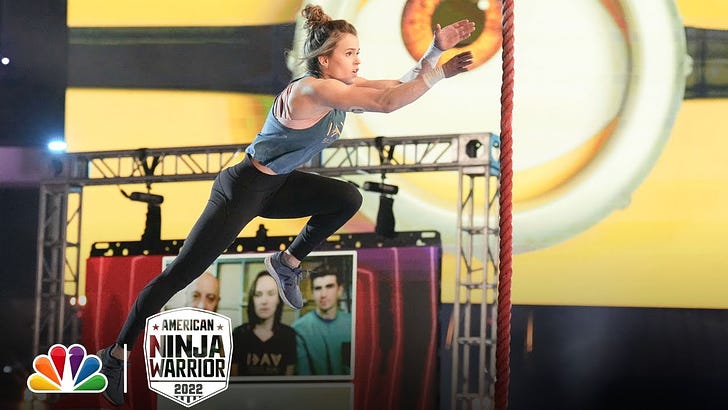I don’t often talk about myself on here, but many of you know that I had a heart attack nine years ago. Since then, I’ve taken my health much more seriously and as a data guy, I love finding more data about myself. The Apple Watch is a data-collection godsend, but finding context - even for me, who does this for a living - is difficult. We’re starting to see more services like Levels, Ultrahuman, and Veri , leveraging both new data collection methods like sensors and wearables with machine learning and even specialized coaching.
I recently began using a continuous glucose monitor (CGM), which is a small device that is inserted into the back of the arm and does exactly what it says. Invented to help diabetics get more information and avoid sticking their fingers many times a day, a CGM is also a powerful metabolic tool, for diabetics and for dataholics like myself.
There aren’t many diabetic players in MLB now - best known was Ron Santo, who had none of these advances and was a Hall of Famer anyway - and Sam Fuld, now the GM of the Phillies. Adam Duvall is the only current major leaguer I can find, but I’m sure there’s others who haven’t been as open.
American Ninja Warrior had a nice story on world-class rock climber Katie Bone, who wore her CGM and insulin pump while running on the course:
I’m curious about what new opportunities this might have. In baseball, a CGM would be usable, as opposed to sports with more contact like the NFL or NBA. There are protective devices that could be amped up, but it would be a tougher sell for those uses. That gives MLB (and baseball writ large) an opportunity to use an additional piece of information. Maybe you’re healthy, have good technique, and are warmed up, but what if you’re not metabolically ready? What if a pitcher’s glucose level is as important as his pitch count? (More. Way more.)
There’s a whole new world of information we’re about to open up, but while it’s all possible, teams, coaches, and players have to allow it in. They have to use it. I’ve seen how difficult it is to get something new, even something proven, into baseball. Ask anyone who’s come up with an invention or a study that’s been shepherded through all the processes necessary. Even then, even after you hand over the validation studies, no one wants to be first, no one wants to pay, and no one wants to learn.
I remain unconvinced that we have a good data point for recovery.
Well, almost no one. That means there’s first-mover advantages and more. Moneyball was about finding those asymmetric advantages and hoo-boy, here’s one for you. I’m already working hard to understand this and integrate it into my platform, but I’ll be curious who else tries to hack the metabolism and help someone win.
For now, on to the injuries:
WANDER FRANCO, OF TBR (fractured wrist)
Most hamate injuries happen with a simple HBP. I can’t even say padded gloves here, though I would hope the protection would extend up enough to help. For Wander Franco, it was simply a swing that created just enough force in just the wrong way, snapping the small, hard to heal bone. He’s on the IL and there’s not word yet on surgery, though it wouldn’t change the timeline.
I spoke with a hand surgeon that regularly deals with this type of injury, including with high level athletes, but did not examine Franco. “I don’t know him, but I’m guessing a big swing, a lot of whip?” he asked. The answer, of course, is yes. “My guess is he had some inflammation in the area and it got something a bit out of alignment. The bone can weaken - a stress reaction - but because the hamate heals so poorly, it probably just snapped from one swing.”
This is one of those injuries where terms like “preventable” don’t have the nuance. Franco showed no issues, made no complaints of pain, so it’s hard to imagine the medical staff would just suddenly run scans for the heck of it. This is a six to eight week healing time, with not much to improve that. There’s simply no way to replace Franco, but the Rays will have to try and they’ll likely be creative about it.




